![]()
![]()
![]()
Use LEFT and RIGHT arrow keys to navigate between flashcards;
Use UP and DOWN arrow keys to flip the card;
H to show hint;
A reads text to speech;
36 Cards in this Set
- Front
- Back
|
Two Big Groups in Kingdom Animalia |
Vertebrates (chordata) & invertibrates |
|
|
Main Groups of Vertibrates: |
Aves Pisces Reptilia Amphibia Mammalia |
|
|
Characteristics of a Bird |
Are Vertibrates (Phylum: chordata Class: aves) Warm blooded (4 chambers) 2 legs (bipedal) Wings and feathers Beak or bill Lays eggs (hard shelled) (oviporous) |
|
|
Origins of Birds |
Evolved from reptiles or Dinosaurs? |
|
|
Parts of a Bird |
Beak Nare Auriculars Crown Nape Crop Rump Tail Throat Abdomen Toes |
|
|
Beak |
Used for eating, grasping, digging, nest building Short & stubby, long & pointed, hooked |
|
|
Cere |
Bumps on upper part of beak Parrots, pigeons, some hawks |
|
|
Nare |
Fleshy piece above beak Nostrils |
|
|
Auriculars |
Small feathers Cover ear opening Behind eye |
|
|
Lore |
Area on face Between eye and upper bill |
|
|
Crown |
Top of head Brightly colored for males |
|
|
Nape |
Back of neck |
|
|
Crop |
Little sack sticks out if esophagus Holds food so it can soften & separate what can be digested Material moves to stomach Not all birds have one |
|
|
Abdomen |
1 stomach=2 parts (one called gizzard) |
|
|
Toes |
Claws in ends of toes |
|
|
Parts of a Wing |
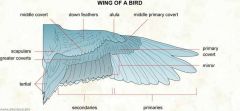
Primaries Secondaries Scopulars Tertiaries |
|
|
Rump |
End of bird (below back) |
|
|
Tail |
Feathers that extend from rump Used for steering while in flight |
|
|
Parts of a Feather |

|
|
|
Bird Bones |
Light bodies (no teeth) Hollow bones (tend to be more square) (web inside keep strong) |
|
|
Preening |
Arrange, smooth, waterproof, feathers Uses beak to access oil gland @ base of tail |
|
|
How Birds Fly |
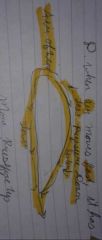
Can fly b/c Bernoulli's principle Change in pressure allows bird to fly When air moves slowly, it has high pressure (creates a vacuum) When air moves quickly, it has low pressure |
|
|
Lift |
Force that lifts the Bird (vacuum created, bird fills it) |
|
|
Weight |
Gravity pulls down the bird |
|
|
Thrust |
Moves Bird forward |
|
|
Drag |
Force that pushes against the bird |
|
|
Four Principles of Flight |
WeightThrust Drag Have to be just right to create:Lift |
|
|
Birds vs. Planes |
Smooth surfaces Can adjust wing Slow by applying drag Birds: thrust w/ wing Planes: thrust w/ engine |
|
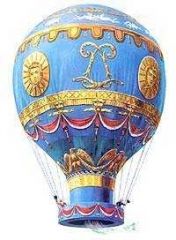
Etienne Montgolfier |
First to take passengers into sky 1783 W/ hot air balloon |
|
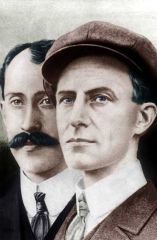
William and Orville Wright |
Inventors of airplane (1903) Called "Wright Flyer" (biplane) First to fly at Kitty Hawk (North Carolina) |
|
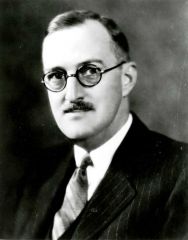
William Boeing |
Founded Boeing Airplane company (1916) Seattle, Washington Business free after WWI |
|

Charles Lindburgh |
First person to fly non-stop solo across Atlantic Ocean New York to Paris (1927) Plane called Spirit of Saint Louis 20 month son kidnapped, later found dead |
|
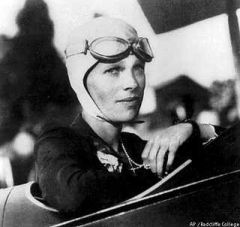
Amelia Earhart |
First woman to fly across Atlantic alone Disappeared over Pacific Ocean 1937 When she wanted to fly around the world |
|
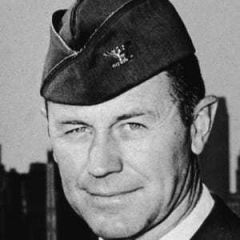
Captain Church Yeager |
First to break sound barrier (1947) Set world record of 1,650 miles (1953) Mach 2.44 |
|
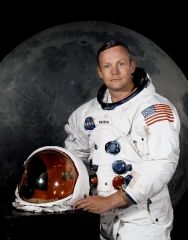
Neil Armstrong |
First to land a craft on the moon July 20, 1969 Apollo II Was commander |
|
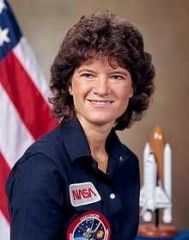
Sally Ride |
First American woman to orbit earth (1983) Space Shuttle Challenger |

